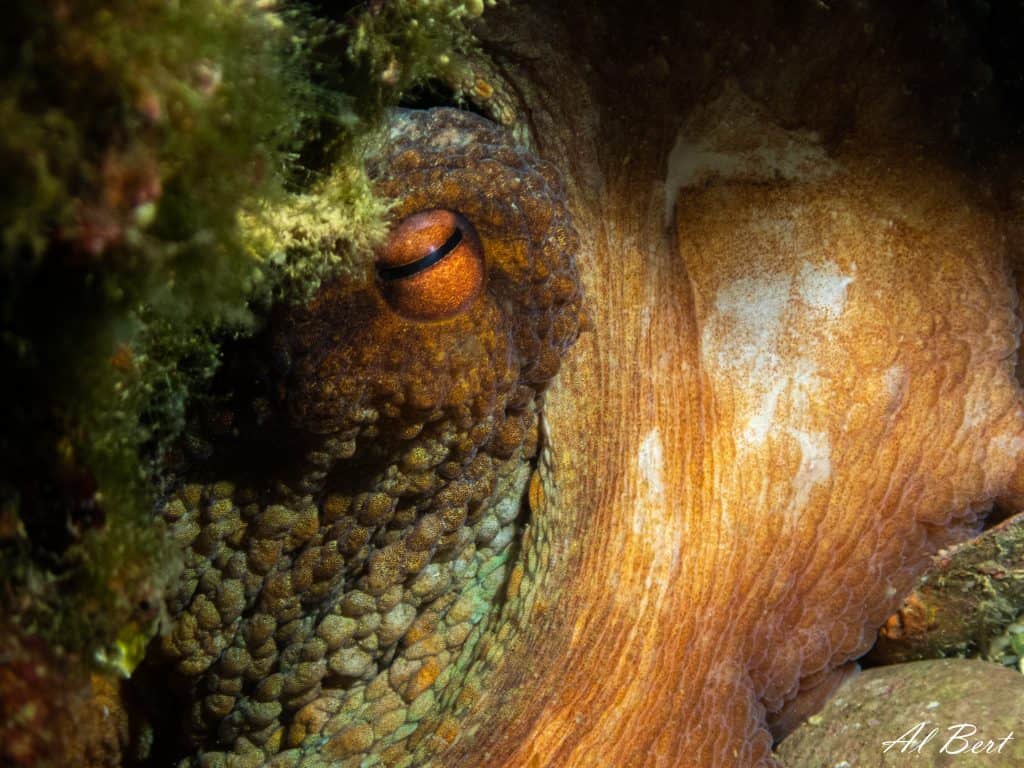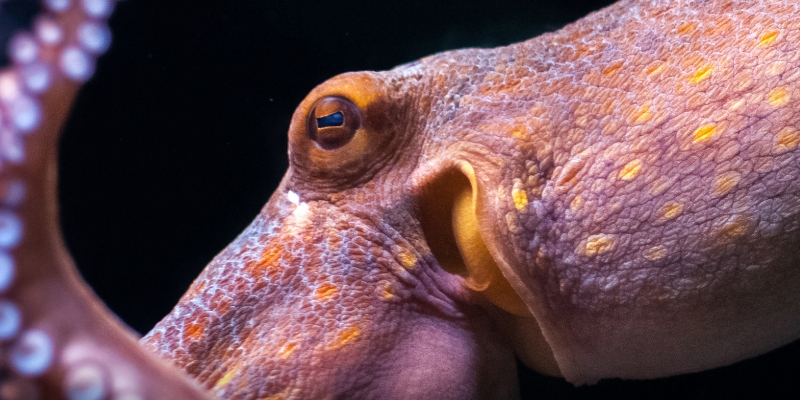

Future versions of the chip aim to include the ability to see polarized light, an important aspect of the octopus visual system. Also like the octopus, the o-retina cannot see diagonal or horizontally mirrored images such as the letter X. It uses brightness, size, orientation, and shape to distinguish objects. Like the octopus eye, the o-retina chip sees horizontally and vertically. Octopuses, which live in murky warm waters, have large eyes on either side of the head. "If we want to develop a chip that can see far distances, we should mimic the visual system of an eagle." "Different animals have different visual structures with different properties for how they see the world," Titus says. He plans to electronically inter-connect the structure and functions of different types of animals' eyes and brains, for example, an eagle's brain and an octopus's eyes. The octopus retina provides a simple, yet elegant visual system which, Titus says, is relatively easy to simulate in silicon.īy using a sea creature, and later broadening optical studies to an eagle or hawk, Titus hopes to create smarter vision systems that see the world in different ways.


One big challenge is figuring out how the brain uses information to understand and reconstitute an image, and then translating that process onto a chip. "We'd like to be able to explore new things in a more intelligent way, to have a vision system that perceives its environment and makes decisions without a human always telling it what to do," says Titus. The chip acts as a retina, a sensory membrane in the eye that distills relevant visual information to be sent to the brain. Professor Titus and his colleagues developed an experimental version of the o-retina chip, which is about the size of a narrow Post-it Note. His goal is to create electronic vision systems that could be used in robots to explore the oceans, outer space, and harsh environments. Those attributes attracted Albert Titus, a University of Buffalo professor, to study how an octopus sees, and to mimic that structure and function in a silicon chip called the o-retina. A master escape artist whose soft body can contort itself through the smallest of openings, the octopus is the brainiest of animals without backbones, and it has keen eyesight. Therefore, the lands must move further from the retina.Ask any aquarium curator, and you'll discover just how much an octopus likes to explore its environment.

So option number two is correct answered It is because when the object moves closer to the I, the image produces by the lands will be further behind the lands. So for part, we the correct explanation is absent. So this is the answer for party now going to solve part B. It lands mhm fighter, its lands further from its Latina. The October's must move the October's The Octopus must move. So on further going, I can write, therefore, in order to keep the object, therefore, in order to keep the object in order to keep the object in focus. The image produced by the lands by the lands will be will be further behind. If the object moves closer to an octopus in the object, if the object or if an object moves closer, mhm two moves closer to and octopus moves closer to an octopus. These changes the distance from the lenses from the lands to the retina, from the lands to the retina, and brings and and brings and object into focus. Rigid lands moves it rigid lands back and food back and food as in a as in a camera. So I'm just like writing it here instead, and octopus instead. The safe of it lands as in case of human, as in case of humans instead, an octopus. An octopus and octopus does not change does not change the shape of its land. Solving part of this problem to focus its I to focus it.


 0 kommentar(er)
0 kommentar(er)
